KB-611 keyboard — not truly “notebook type”
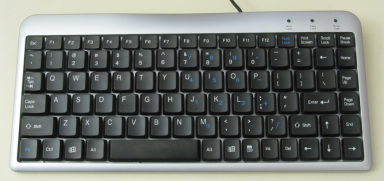
The KB-611 sells for about $13 (Canadian). It turns out that this keyboard is to be avoided. The keyboard shows a quality inferior to traditional PS/2-style keyboards in the same price range.
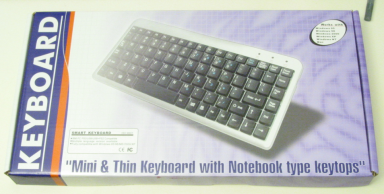
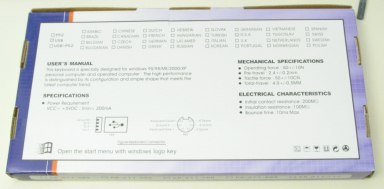
After plugging in the keyboard, the first thing I noticed is that it is very easy to make typing mistakes, even though I can type just fine on a notebook computer.
Some keys not responsive
There are some keys which are not very responsive. For example, the “J” key sometimes does not produce a “J”; for a Unix user, the “J” key not working becomes very apparent after a very short time, as it is the “down arrow” key in a lot of traditional programs.
The “Enter” key is also not too responsive.
There is, however, a way to work around this unresponsiveness: If you use a heavier-than-usual force to type the keys, the keys will respond all right. This, of course, makes the keyboard a “noisy” keyboard.
Bad placement of the “Fn” key
The “Ctrl” key is placed on the right side of the “Fn” key. This makes you almost certain to hit the “Fn” when you want to hit the “Ctrl” key. This arrangement of the “Ctrl” and “Fn” keys is very bad, very user-unfriendly design.
Very poor general arrangement of keys
With this keyboard, I make a lot of typing mistakes — many many more than I can account for by, say, the size of the keys. (The keys are even smaller than real notebook keys by about 1mm.) For example, I routinely type the wrong numbers, and fail to type the “@” symbol or the parentheses.
After looking at the arrangement of the keys more carefully, I noticed that the keys are arranged in a very strange way:
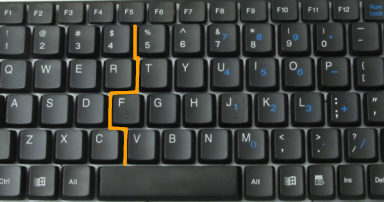
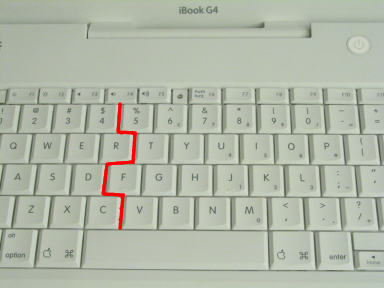
In the above photo, you can see how the number keys are almost right on top of the “qwerty” keys. If you look at the above photos and imagine your fingers on the home row and trying to hit the hyphen, you will notice how easy it is to hit the “0” instead. In essence, this strange arrangement makes it almost impossible to type numbers (or the associated punctuation marks) without looking at the keyboard all the time.
While the strange arrangement of the keys is obviously a result of fitting the required keys to a compact size, correct key arrangement can be had if the width is increased by less than 1cm. There really is no excuse to arrange the keys in such a strange way.
Conclusions
In conclusion, the KB611 keyboard is to be avoided. If you type with one finger, the keyboard might be fine; however, if you can and do touch-type, this keyboard will make you produce an amazing amount of typing mistakes.
Even at just $13, the amount spent would be better spent elsewhere.
The other conclusion, not so obvious, is that when one buys a keyboard, it is not enough to try the “feel” of the keyboard; examining the arrangement of keys for a proper zigzag pattern is just as important.
| Pros: | Cons: |
|---|---|
|
|
Similar keyboards
Regarding the poor arrangement of keys, I notice that the Okion Owleye illuminated keyboard (about $35) and a wireless keyboard that sells for almost $150 have the exact same poor arrangement. These keyboards do not even need to be considered.